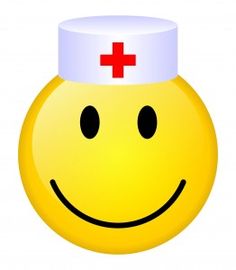Discuss specific physiologic changes that occur with aging and how those changes affect absorption, distribution, metabolism and excretion of drugs.
Discuss specific physiologic changes that occur with aging and how those changes affect absorption, distribution, metabolism and excretion of drugs.
Prescription, Nonprescription and Herbal Medications: Exploring Interactions in the Geriatric Population
Prescription, Nonprescription and Herbal Medications: Exploring Interactions in the Geriatric
Population
Save your time - order a paper!
Get your paper written from scratch within the tight deadline. Our service is a reliable solution to all your troubles. Place an order on any task and we will take care of it. You won’t have to worry about the quality and deadlines
Order Paper NowPurpose: To examine the issue of polypharmacy in the geriatric population. Drug therapy in the elderly presents a special challenge as older patients are more sensitive to drugs and demonstrate wider individual responses. Total points: 150
CONTENT REQUIREMENTS:
Introduction: Student is to address current demographics of the geriatric population (numbers by age group over 50 years of age, gender, marital status, ethnicity, household income, educational level, etc. Address any demographic information you believe impacts or influences an elderly persons participation in a medication regimen.
Section I: Discuss specific physiologic changes that occur with aging and how those changes affect absorption, distribution, metabolism and excretion of drugs.
Section 2: Delineate factors that predispose older patients to adverse drug reactions.
Section 3: 1. Select two of the following classes of medications (analgesics, antihistamines, antihypertensives, antidepressants)
2. Identify 3 commonly prescribed medications in each class – discuss the mechanism of action of each of the medications (Example: Toradol, Darvon, Lortab)
3. Identify 3 commonly used nonprescriptive medications from the same class as those meds discussed in Section 3.2() – discuss the mechanism of action of each of the three nonprescription medications (Example: Acetaminophen, Aspirin, Ibuprofen)
4. Identify 3 alternative or complimentary therapies advertised to address the same physiologic needs as the classes of medications identified in Section 3.2. Discuss the mechanism of action of each of the three complimentary therapies.
Section 4: Based on the mechanism of action of each of the classes of medications discussed, describe potential drug interactions about which the NP should question or assess the patient.
Conclusion: Summarize comments
References: Students must include citations from a MINIMUM of 5 peer-reviewed professional nursing journals. Research articles may be included, required textbook is not to be counted as reference. APA format required. Minimum of 10 pages, excluding title page and references.

 . .
. .

The post Discuss specific physiologic changes that occur with aging and how those changes affect absorption, distribution, metabolism and excretion of drugs. appeared first on nursingessayswriters.com.
Do you need a similar assignment done for you from scratch? We have qualified writers to help you. We assure you an A+ quality paper that is free from plagiarism. Order now for an Amazing Discount!
Use Discount Code “Newclient” for a 15% Discount!
NB: We do not resell papers. Upon ordering, we do an original paper exclusively for you.

The post Discuss specific physiologic changes that occur with aging and how those changes affect absorption, distribution, metabolism and excretion of drugs. appeared first on Essay Writers.
“Are you looking for this answer? We can Help click Order Now”



